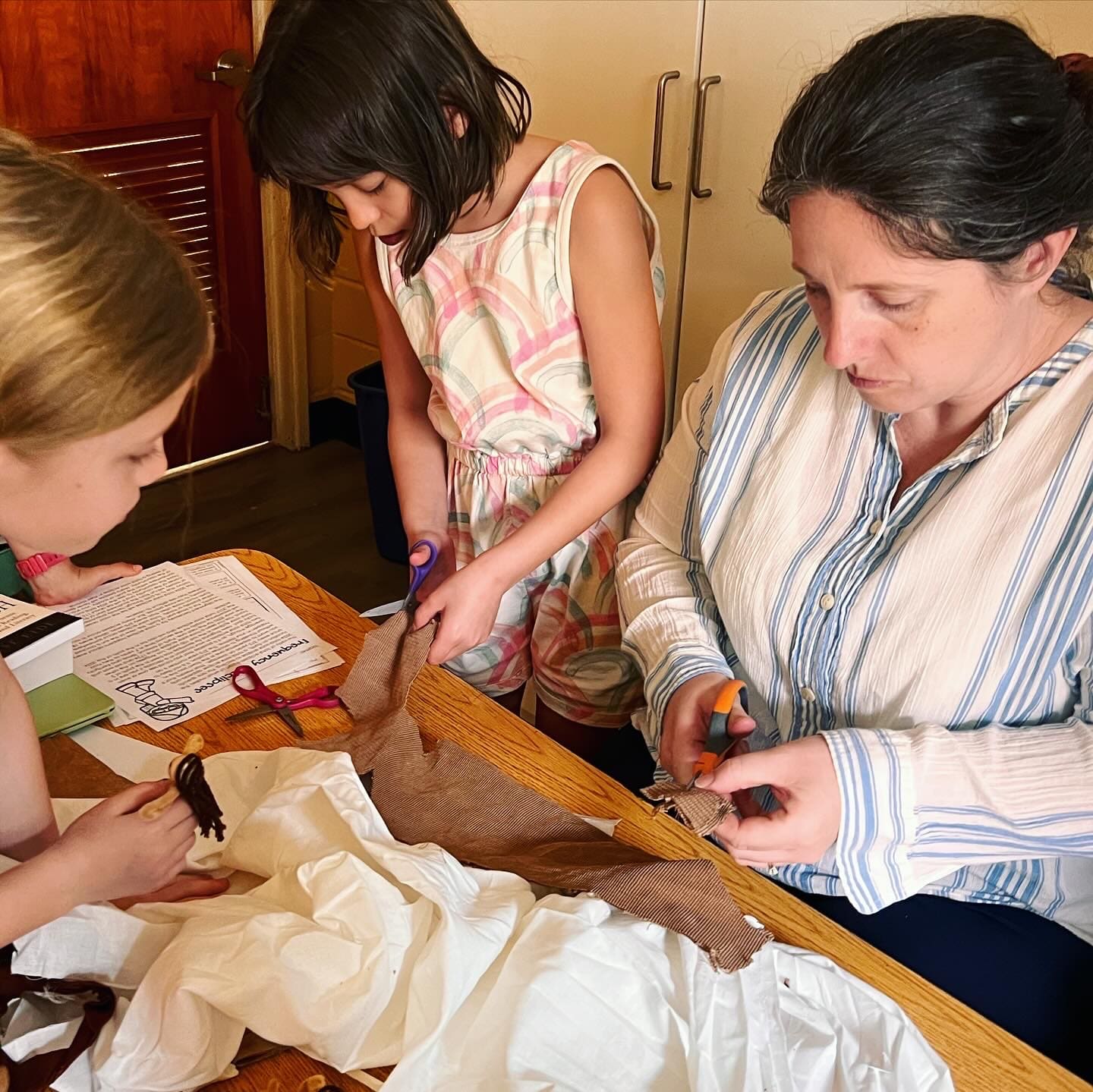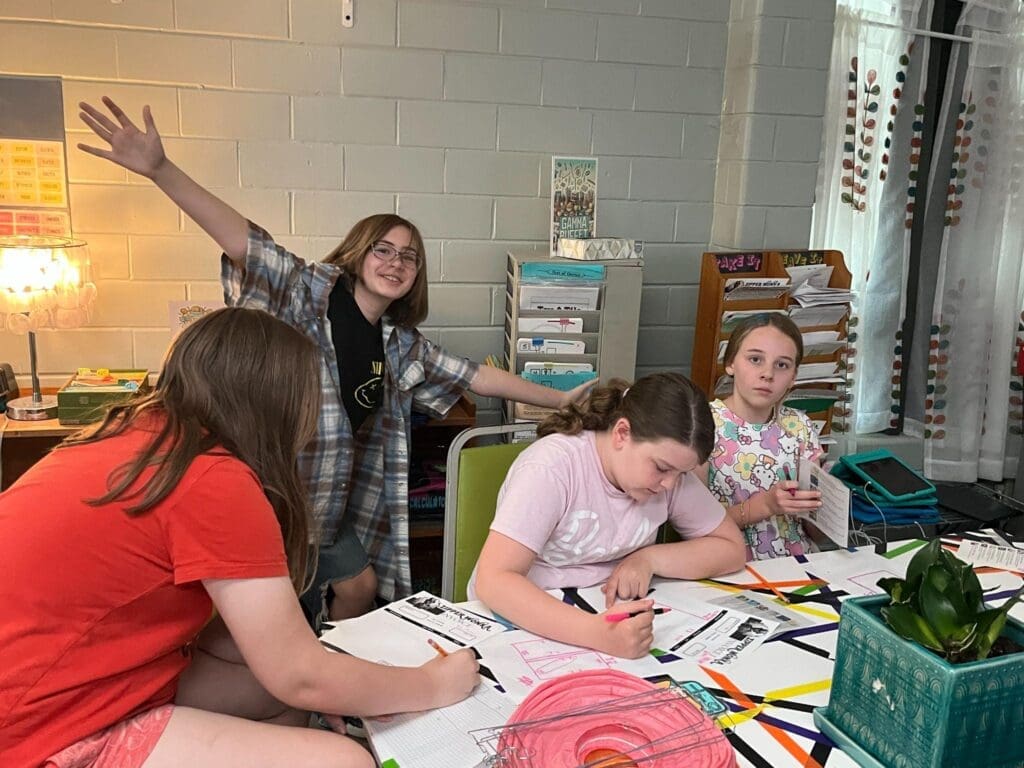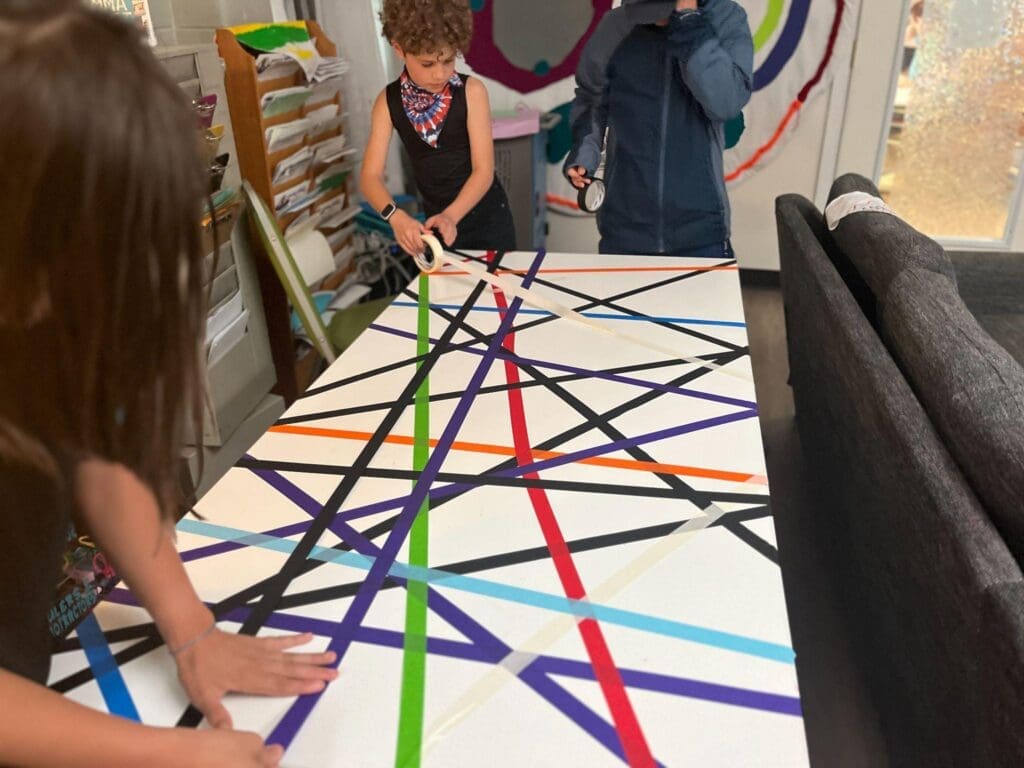Math –
Ms. Andrea’s math group launched our unit on money this week! We reviewed penny, nickel and dime values, examined their physical attributes, then practiced identifying heads and tails of each. We practiced counting them and learned 2 new math games! The Beta’s are doing a great job of recalling coin facts and the practice of counting mixed coins is proving beneficial.
| 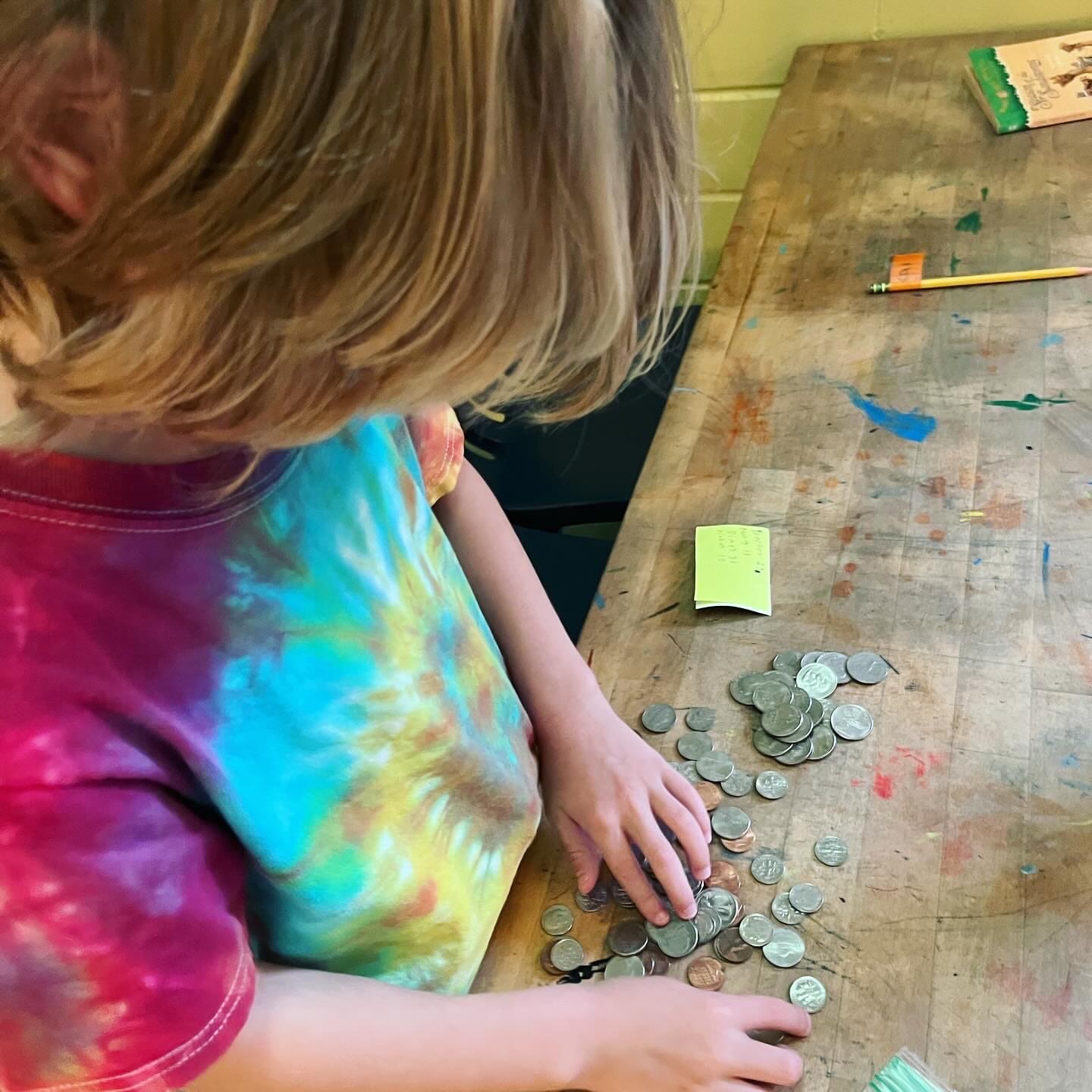
| 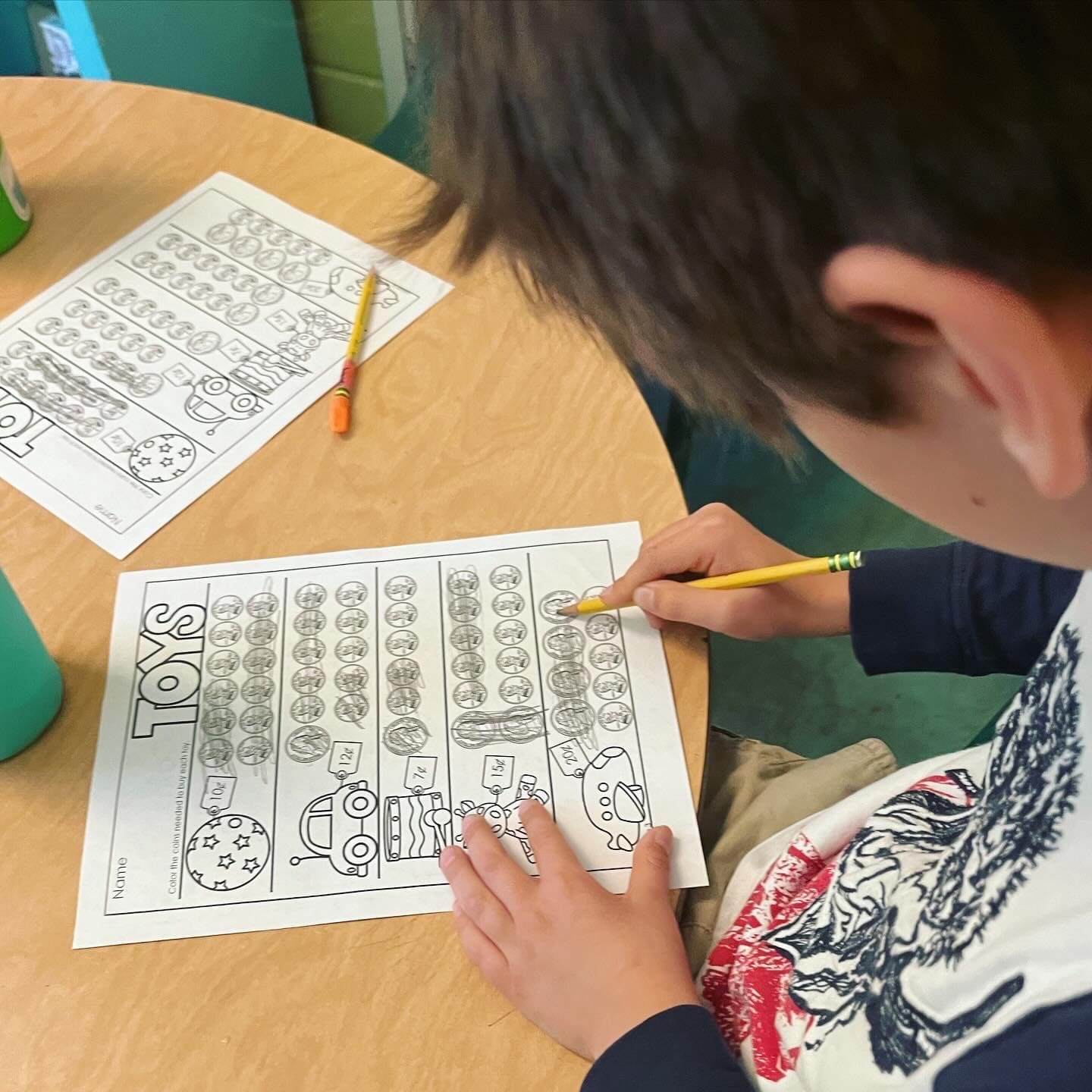
|
|---|
Ms. Kelly’s math group began perimeter on Monday! Perimeter is the distance around the outside of a shape. For example, if you walk around the edge of a playground, you’re measuring its perimeter. Area is the amount of space inside a shape. It can be difficult in the beginning to remember how to find perimeter vs. area, but these guys did awesome! After getting familiar with finding perimeter, the crew worked sooooooo hard towards the second half of the week on finding the area AND perimeter in rectilinear shapes with MISSING MEASUREMENTS of some of the sides! So not only were we to remember how to find the area and perimeter, we needed to divide up the odd shape to make 2 rectangles and THEN figure out the missing length and width before we could even begin calculating! So much to ask from these little beings- and they are doing so very well! 👏
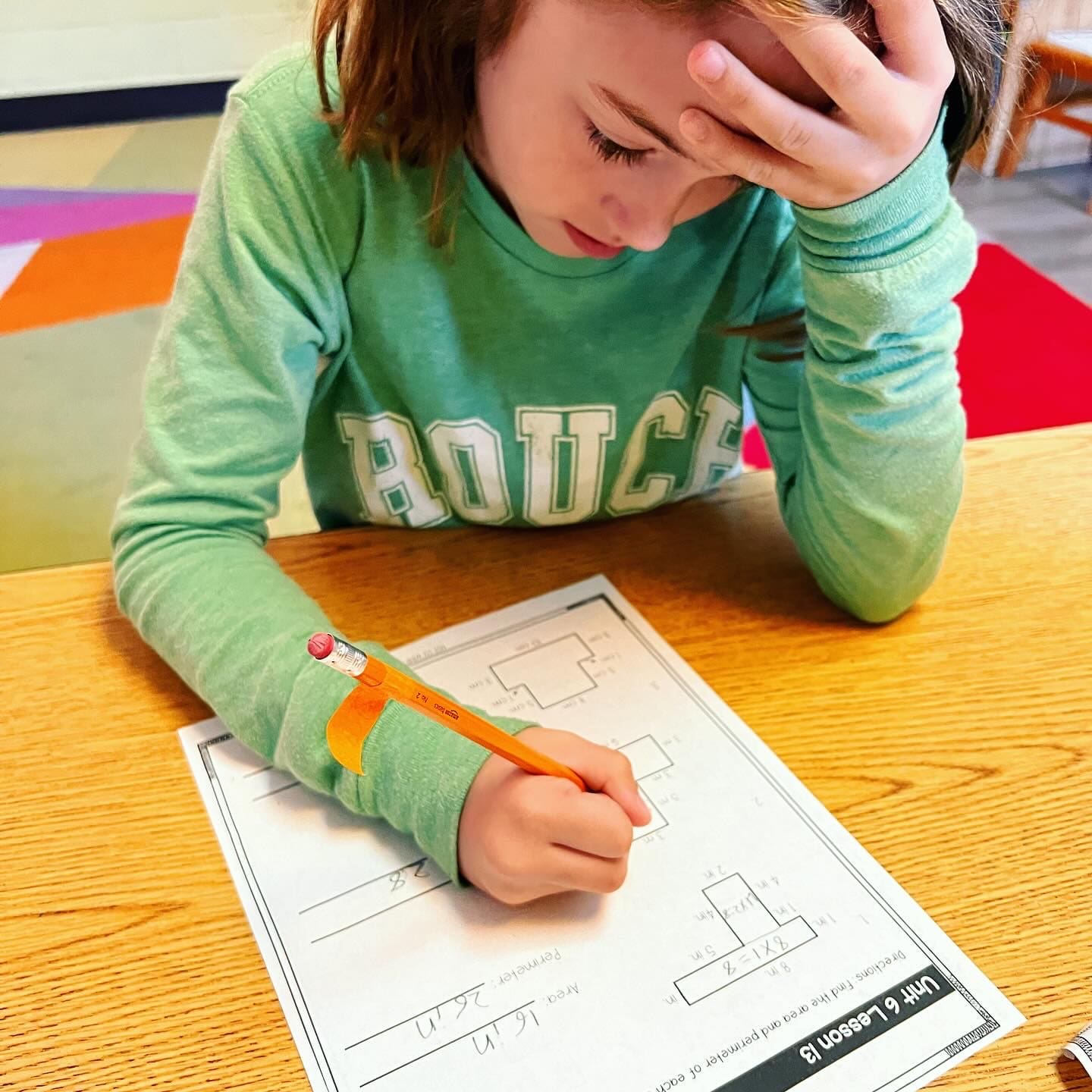
| 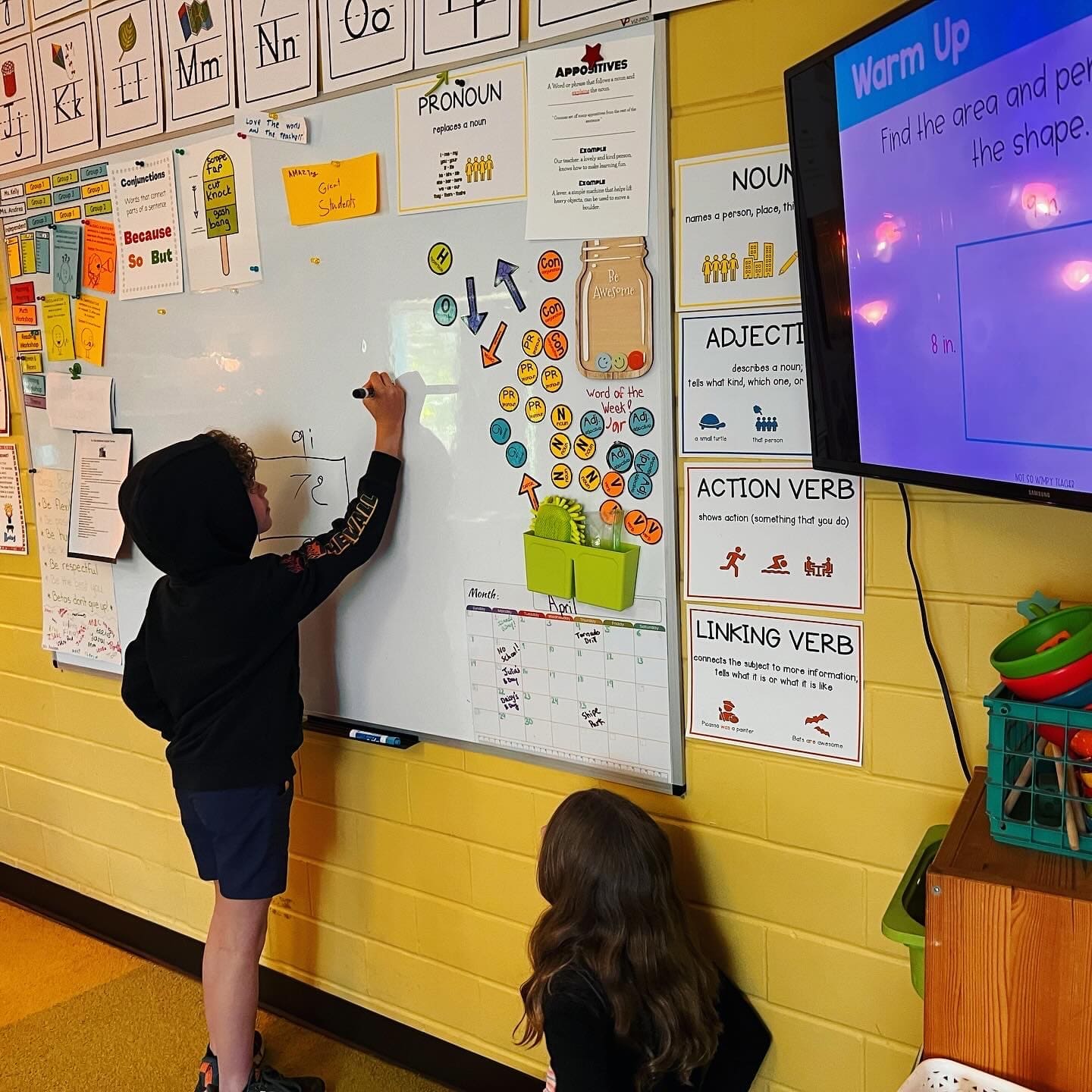
| 
|
|---|
Literacy –
Book Club continues to go strong- the main focus for our last quarter is in creating well thought out and detailed responses using complete sentences. Especially for the second years! The teachers are getting real- We are holding the groups to our high expectations!
In writing we are discussing how words matter, especially when you want to convey a certain meaning in your writing. We began the week talking about Shades of Meaning. Shades of meaning refers to synonyms that have definitions that vary in intensity (examples- jog, run, sprint or damp, wet, soaked). Knowledge of how similar words vary in meaning is crucial for generating descriptive and accurate sentences when we begin our fairy tales!
We also jumped *boing!* right into figurative language, beginning with onomatopoeia! Onomatopoeia is a word that names a sound, but also sounds like that sound. For example: boom, honk, pop, crack, cuckoo, crack, splat, tweet, zoom, sizzle, whizz, buzz, hiss, rip or boing. We also learned about another type of figurative language which is the most exciting one in the whole entire universe! !!!! Yes, you guessed it- hyperbole! Hyperbole is an exaggeration used for emphasis or humor. This literary tool is often used to make a certain element of a story seem more interesting. To say you were bored to tears (even when you were never on the verge of crying) packs a bit more of a punch than, “I was bored.” We explored personification, simile and metaphor, meeting with our writing buddies and wrote our own sentences using our newly learned language tools and shared our favorites with the class.
We are going to be so ready to begin our fairy tale writing next week! Our pencils will dance across the page, and we will write as fast as lightning! See what we did there?! 😉
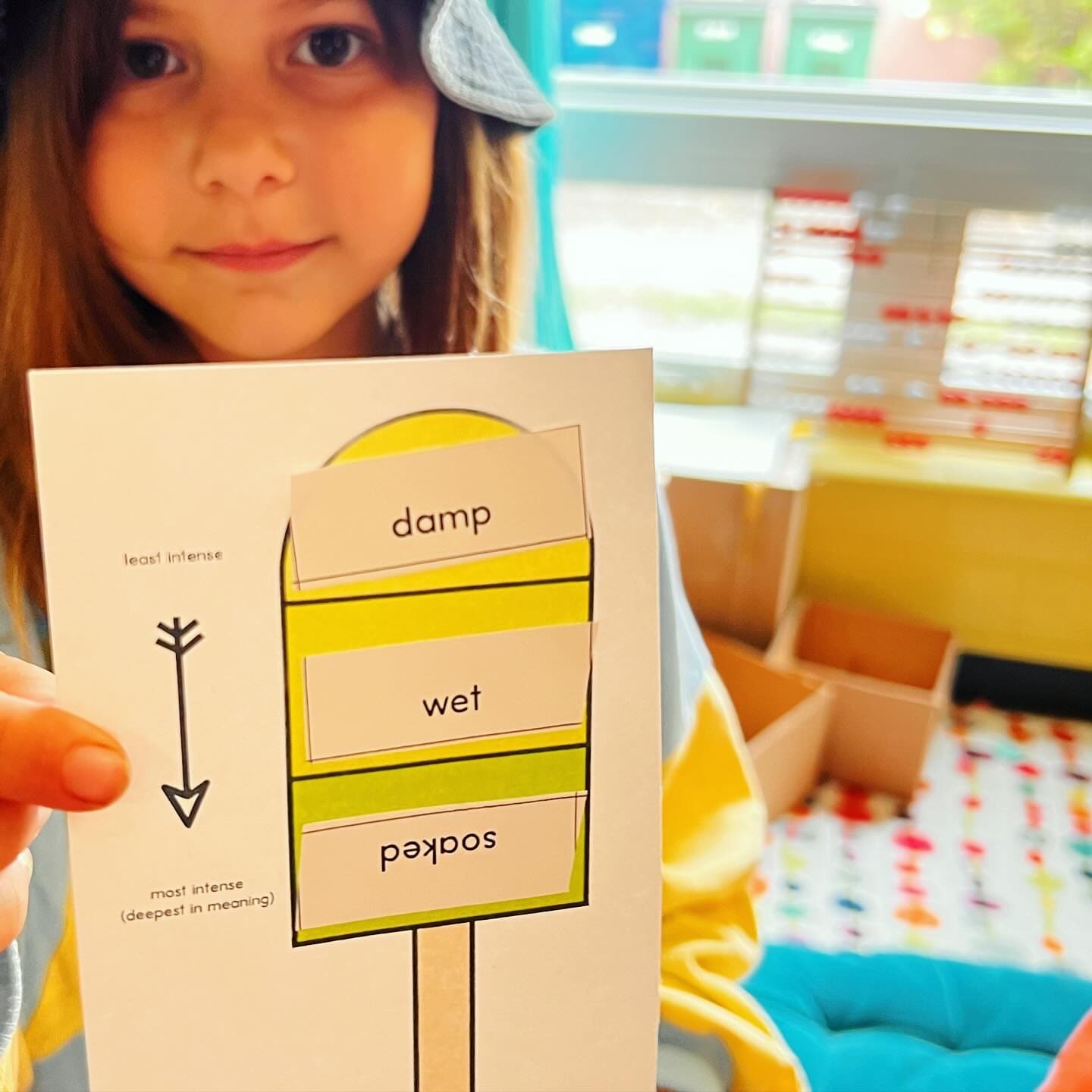
| 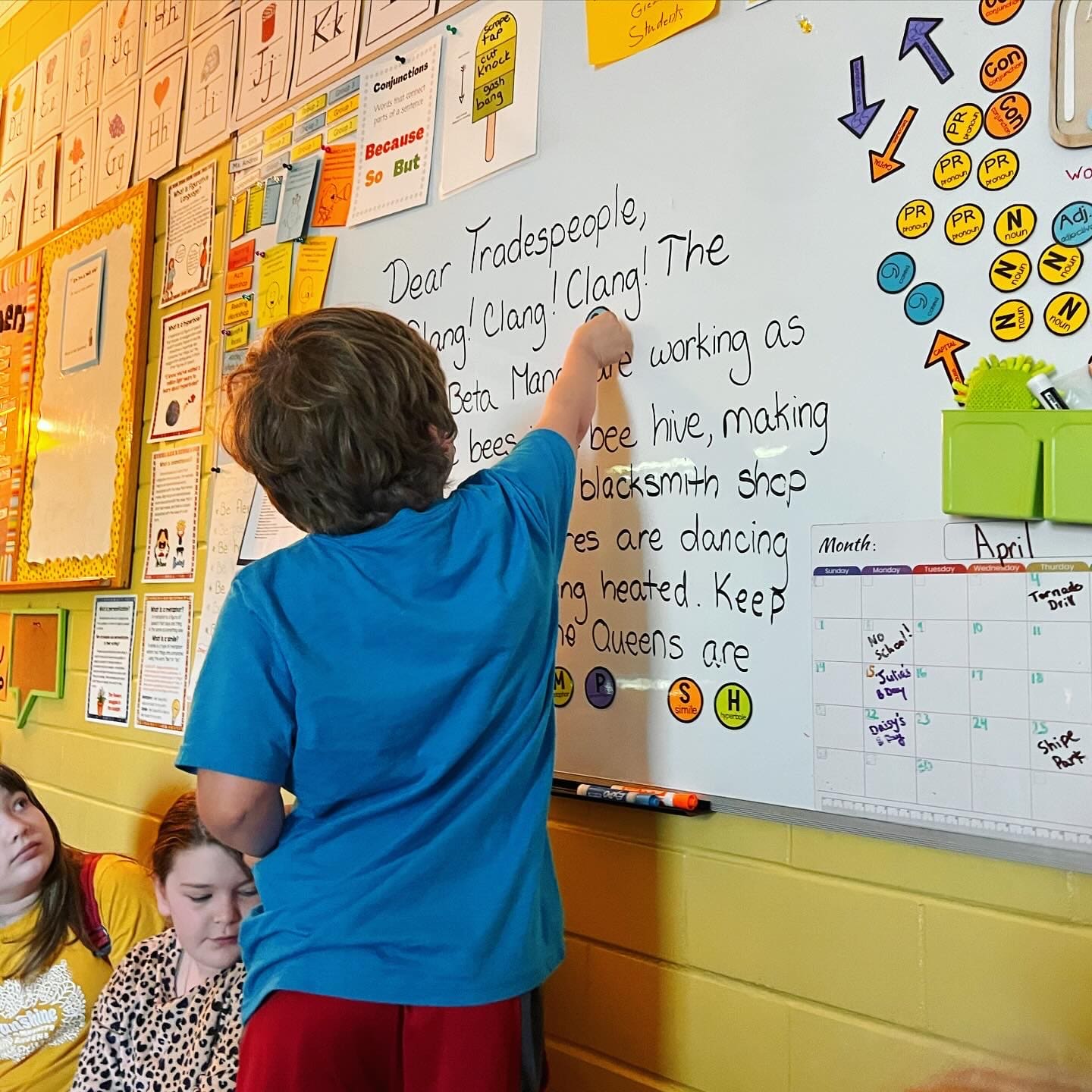
| 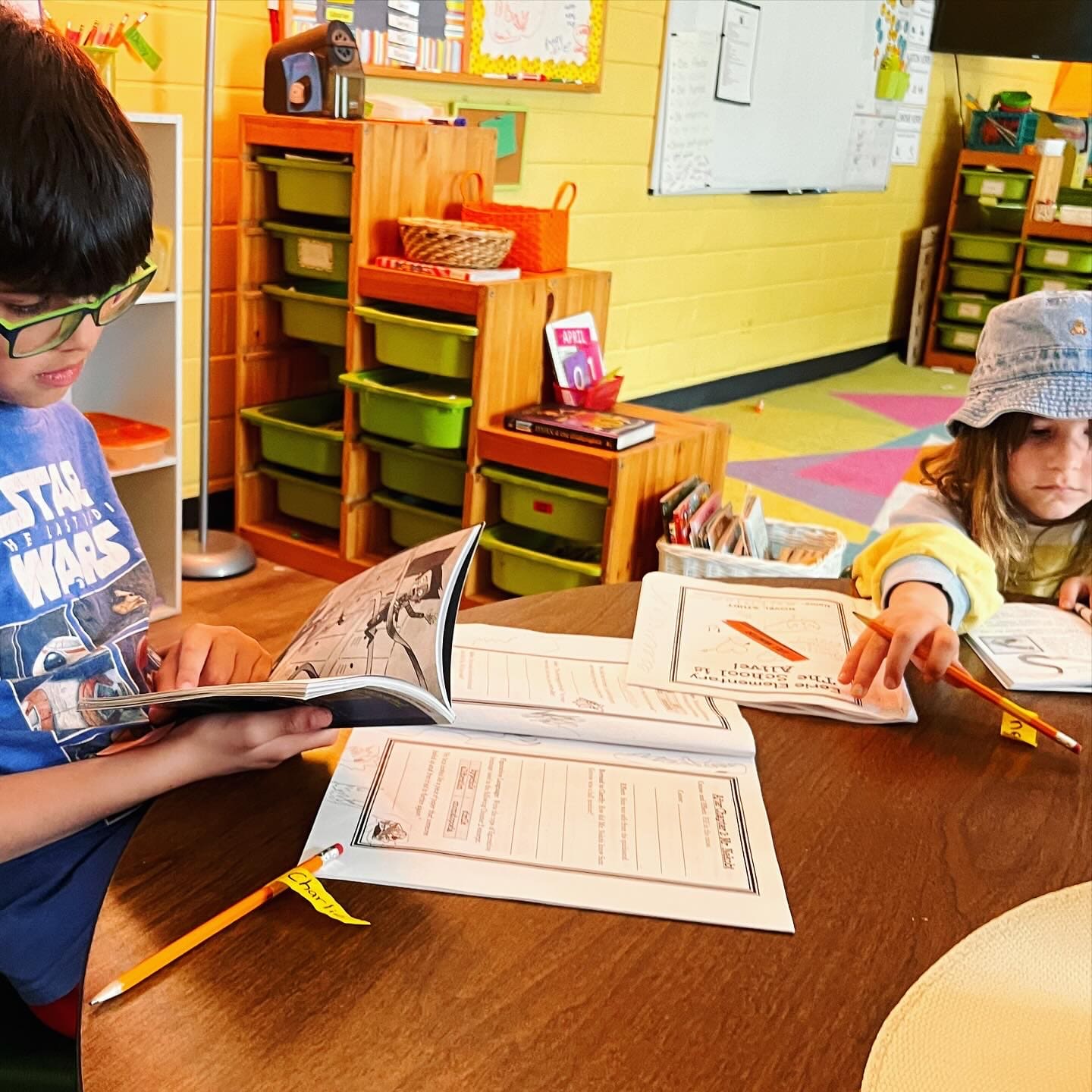
|
|---|---|---|
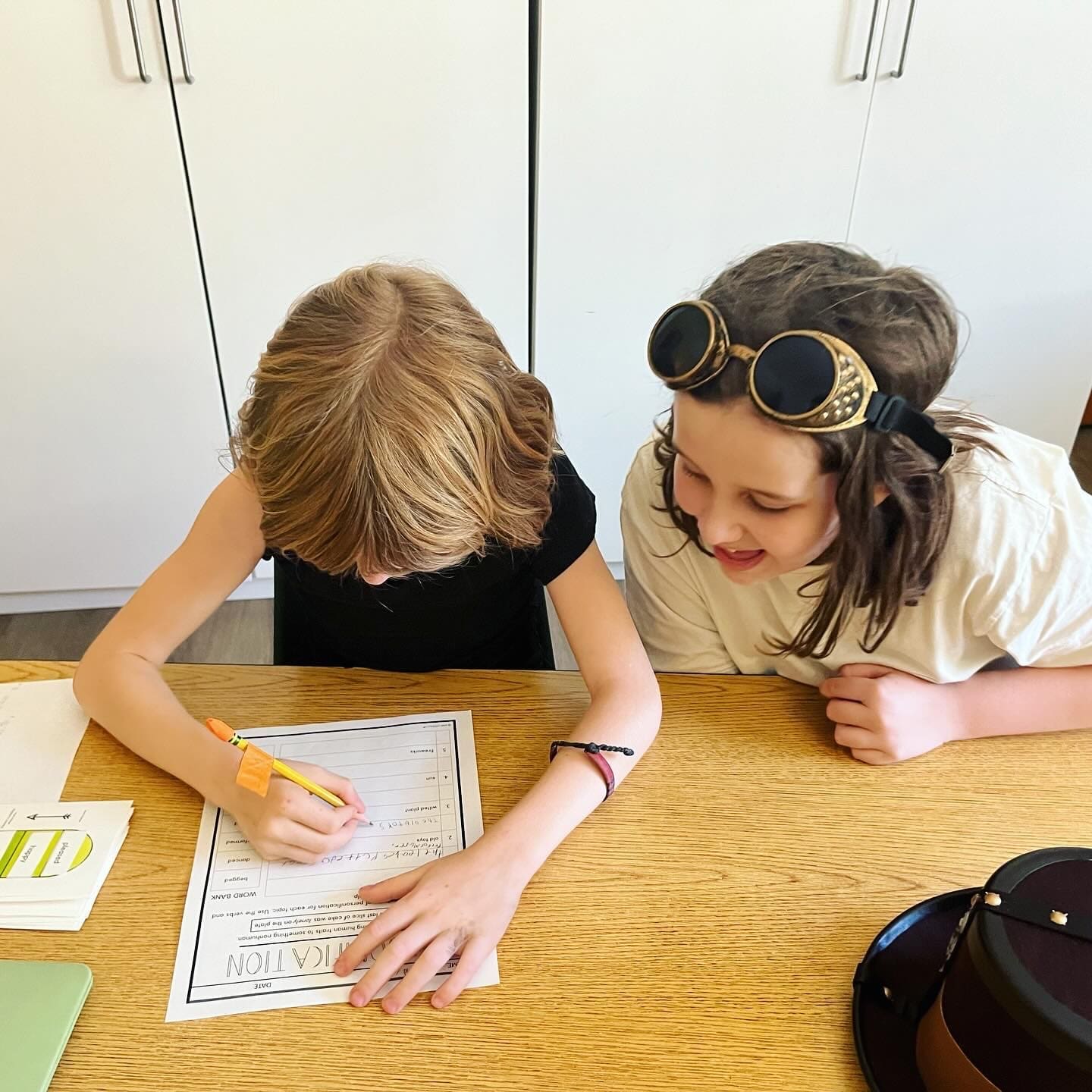
| 
| 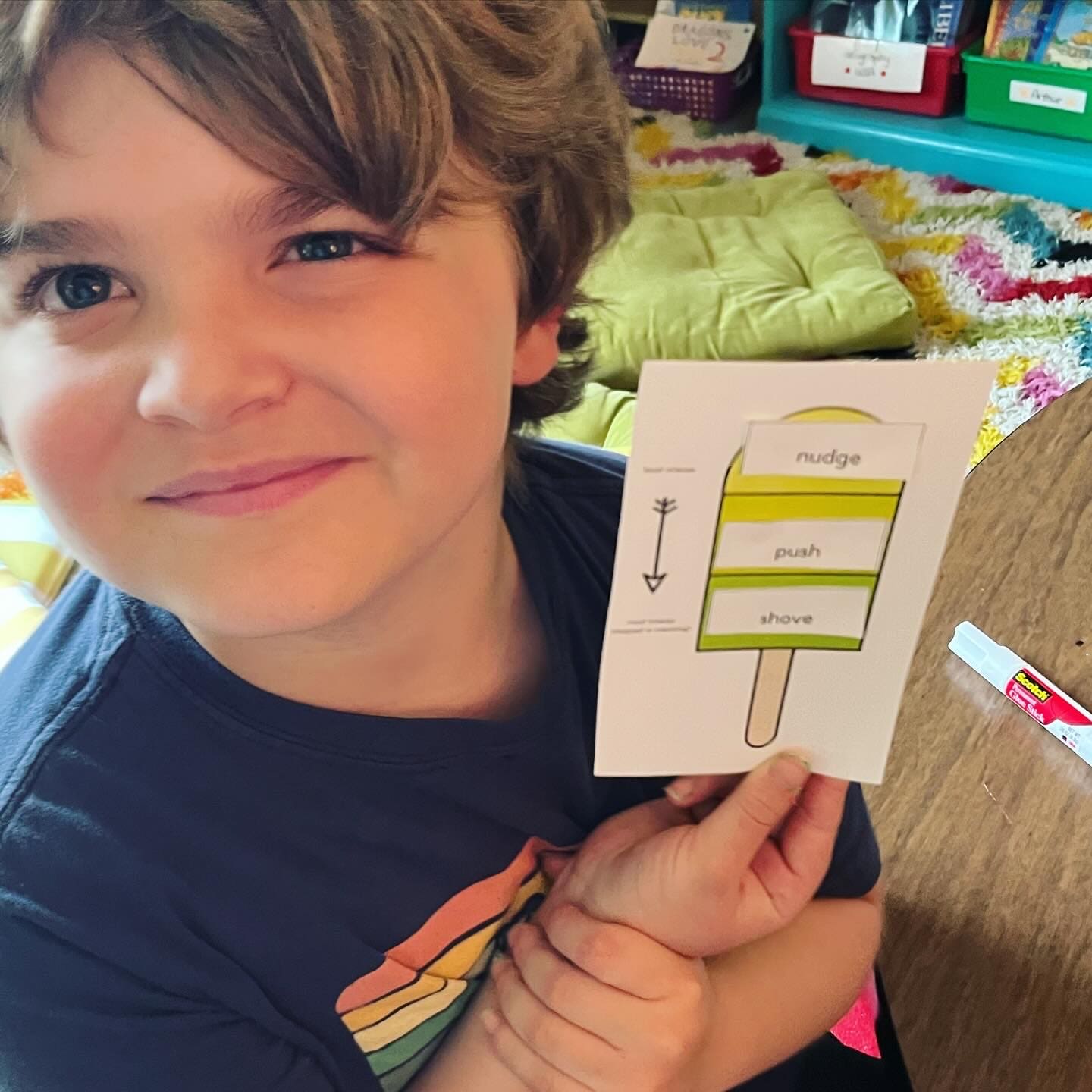
|
Theme –
In Theme on Monday we learned a bit more about the feudal system. Feudalism was the system in place during the Middle Ages in Europe that existed instead of strong central governments. Specifically, feudalism was a system in which people gave kings and lords money and worked in exchange for protection. The Queens of Beta Manor have allowed our peasants some time to continue to get their house and one clothing item in order before heading back out to the fields. We have heard a horrible sickness is moving throughout the land. We hope it doesn’t reach us…
On Tuesday the plague had come to Beta Manor!
*The Black Death was a plague that killed many people. It first showed up in Europe in October 1347.
*It came to Europe on ships from the Black Sea.
*Over the next five years, more than 20 million people died from a disease that almost killed one-third of Europe’s population.
The Black Plague was a very contagious disease. It spread quickly from person to person. Even if people were healthy in the morning, they might die at night. Some towns shut themselves down and sealed their gates so no one could come in or out.It was a disease with symptoms like painful swellings. Buboes were found around the neck, armpits, and groin. They oozed pus or blood. The symptoms damaged your skin and tissue until you were covered in dark blotches. Yuck!
After learning a bit about it, we put ourselves the best we could in the shoes of the people who saw or experienced the horrors, writing about it in our journals. We sure are glad we live in the time we do!!
On Wednesday we found out we survived the Plague and are climbing the social ladder! We have moved from the lowly peasant to a merchant/craftsman! We learned that to become a master tradesman you must apprentice for about 7 years to learn that trade! For free. And often one would begin as a young teen boy. Once the apprenticeship was complete, he became a Journeyman. As a Journeyman, he would still work for a master, but would earn wages for his work.
The highest position of the craft was the Master. To become a Master, a Journeyman would need the approval of the guild. He would have to prove his skill, plus play the politics needed to get approval. Once a Master, he could open his own shop and train apprentices.
In a major city during the Middle Ages, there could be as many as 100 different guilds. Examples include weavers, dyers, armorers, bookbinders, painters, masons, bakers, leatherworkers, embroiderers, cobblers (shoemakers), and candlemakers. These were called craft guilds.
We designed a sign that we might have hung in front of our shop back 1000 years ago. Most often the signs were made of wood and metal, decorated with a simple picture depicting what was being made and sold. There is some debate as to why there were pictures and not words. Some say because many were illiterate, but regardless, many of the signs were mini masterpieces attempting to draw a buyer in!
As we explore various medieval craftspeople, we will create artifacts. We ended the week by making a Jumping Jack- The jumping jack is an articulated, flat or sometimes three-dimensional puppet. Its limbs are manipulated using strings. These are grouped and attached to a single string, situated below the figure and the basic movement of the jumping jack is produced by pulling on this string which causes the arms and legs to move up and down. Often it is made out of wood that a craftsman would carve. We are making ours out of cardstock because, let’s be honest, 21 kids whittling wood would be difficult! 🔪 🩸 😳😬
The kiddos traced the body parts and colored them in vibrant colors. The pieces will be cut and assembled with brass brads, strings will be attached, and when we pull the string, the arms and legs will move up and down!!!!!
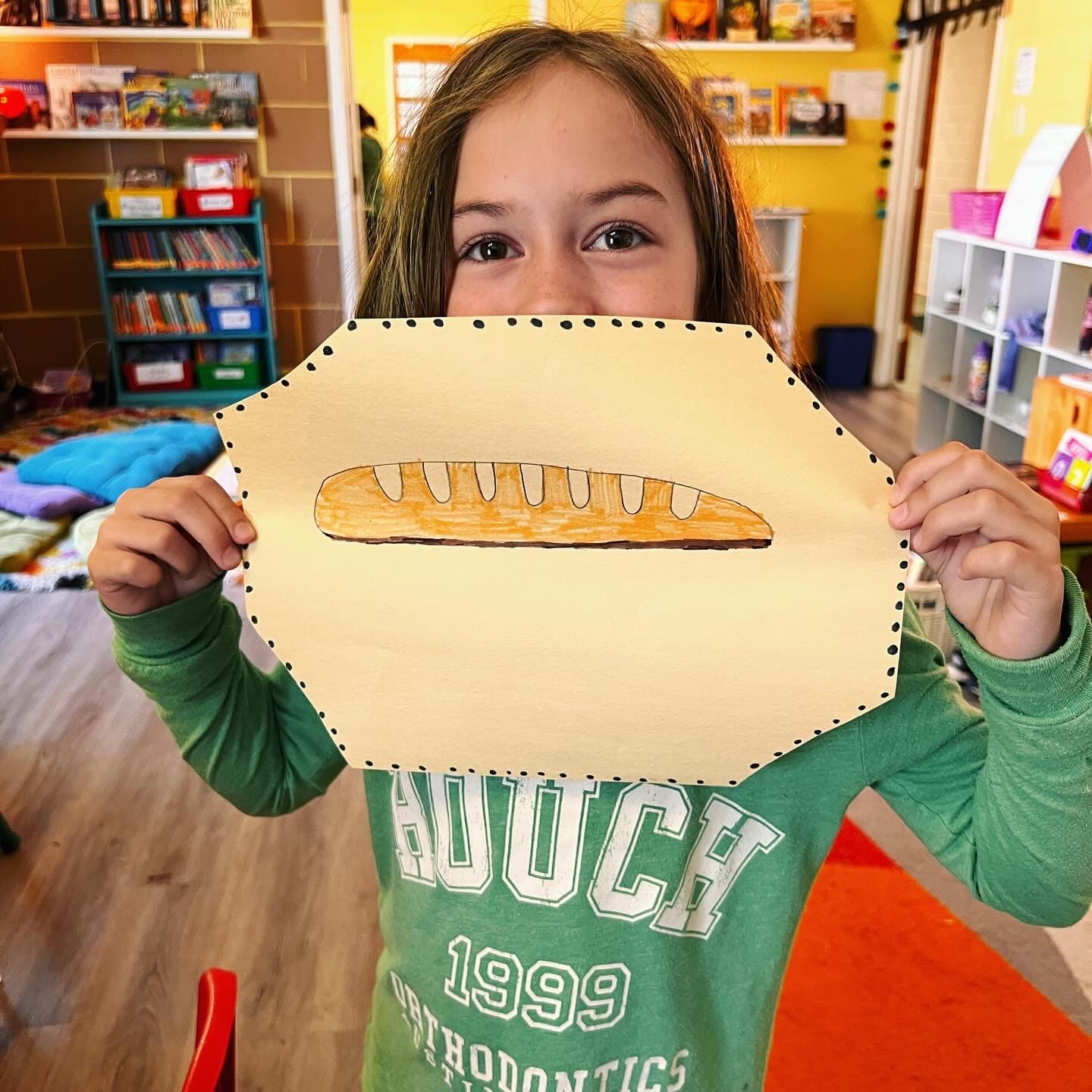
| | 
|
|---|---|---|
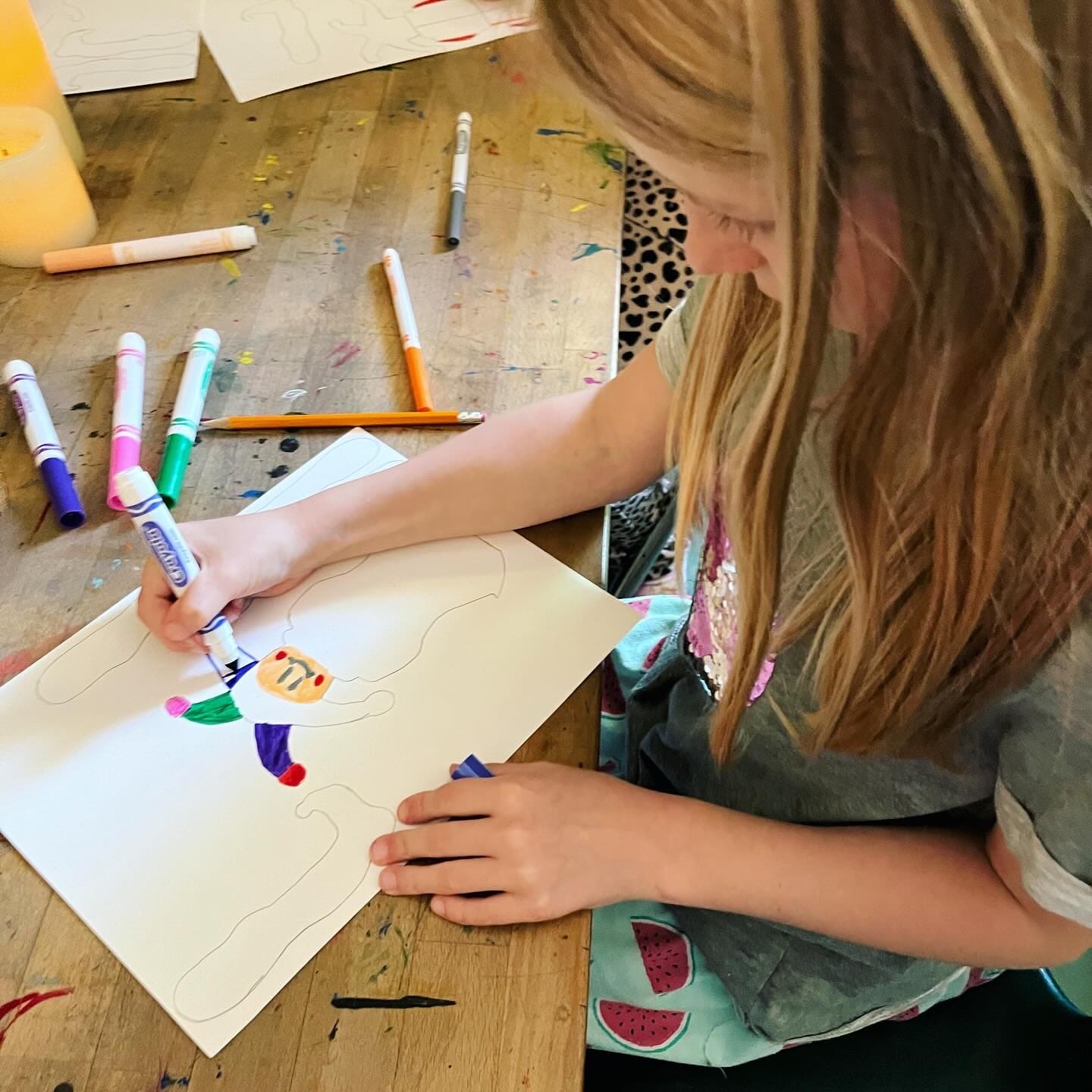
| 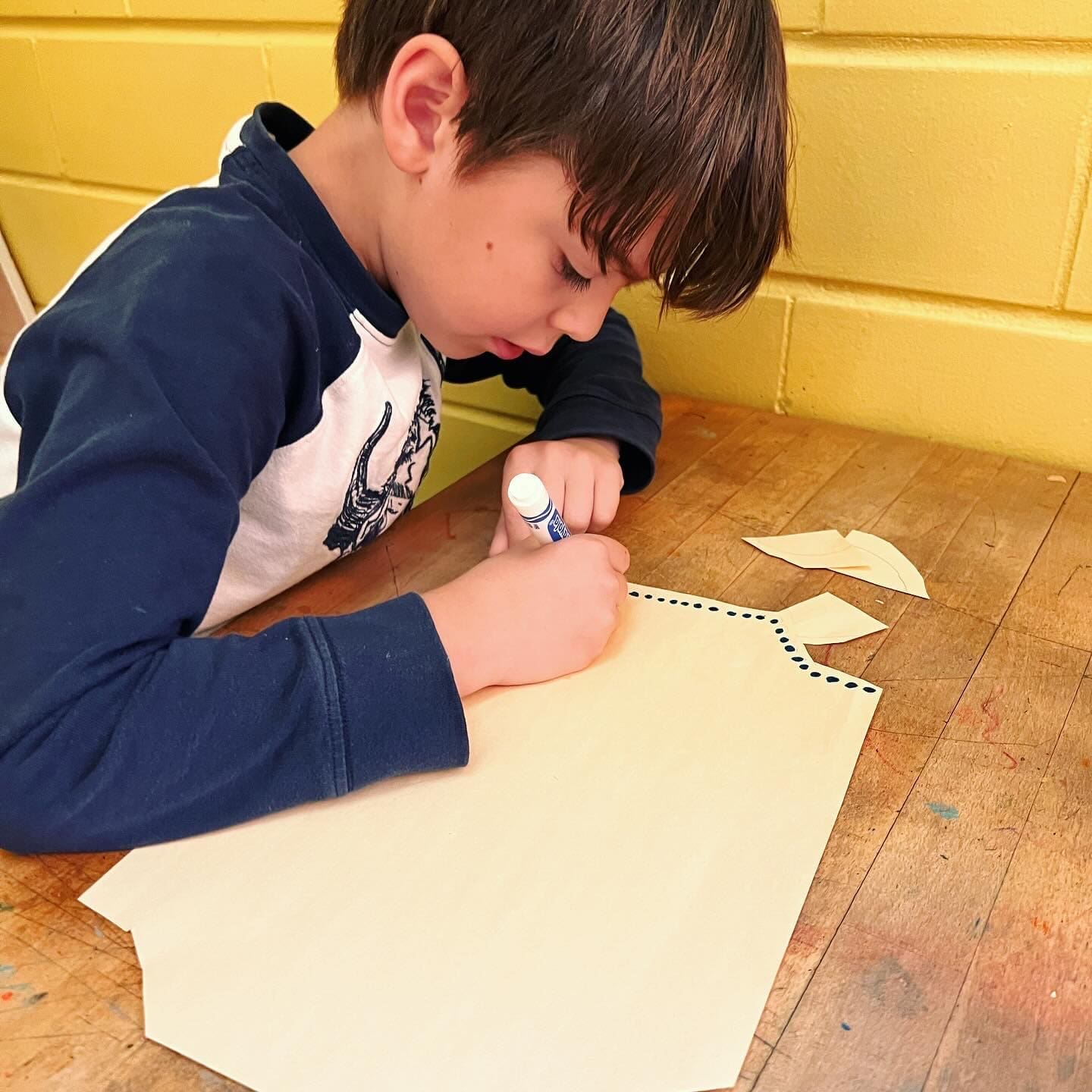
| 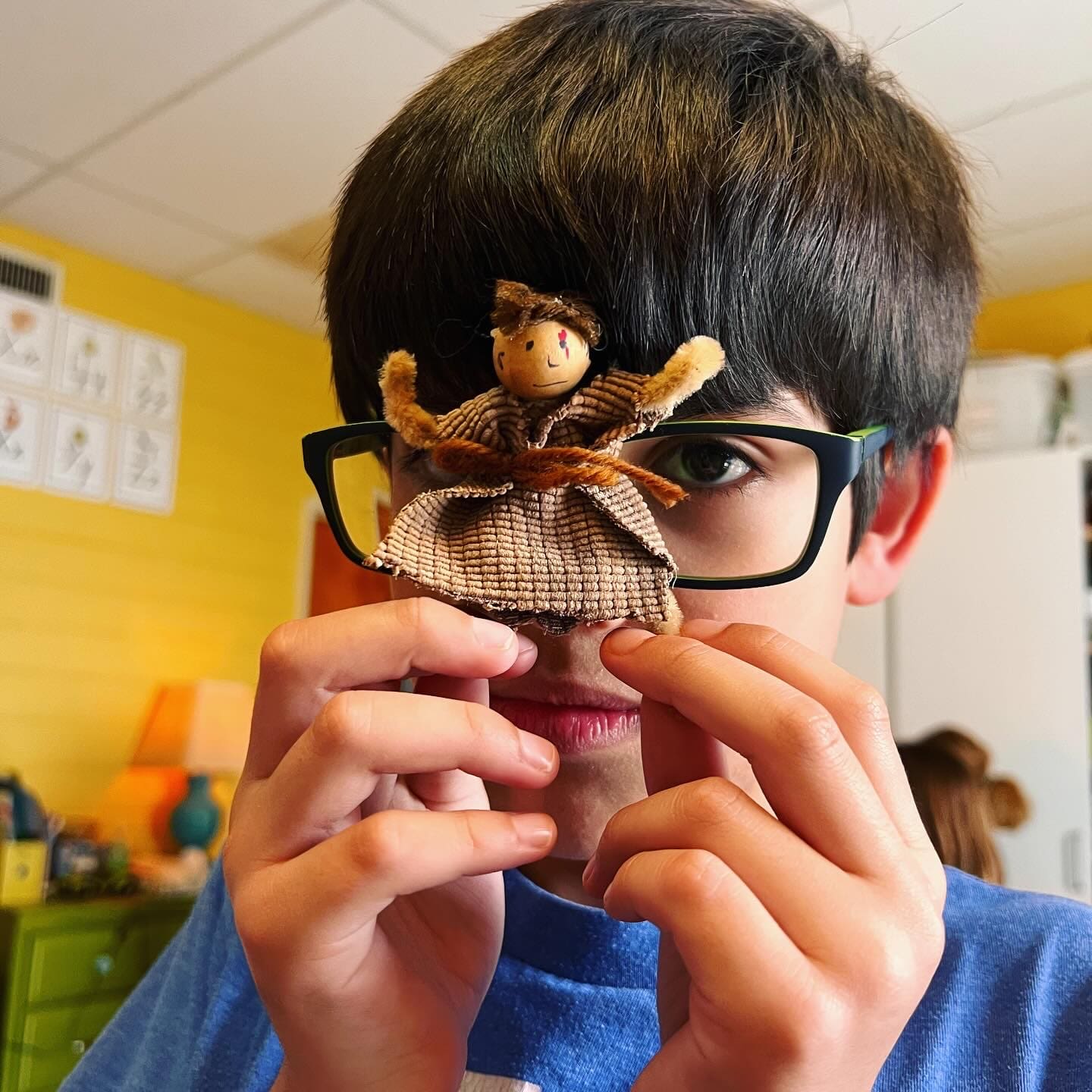
|
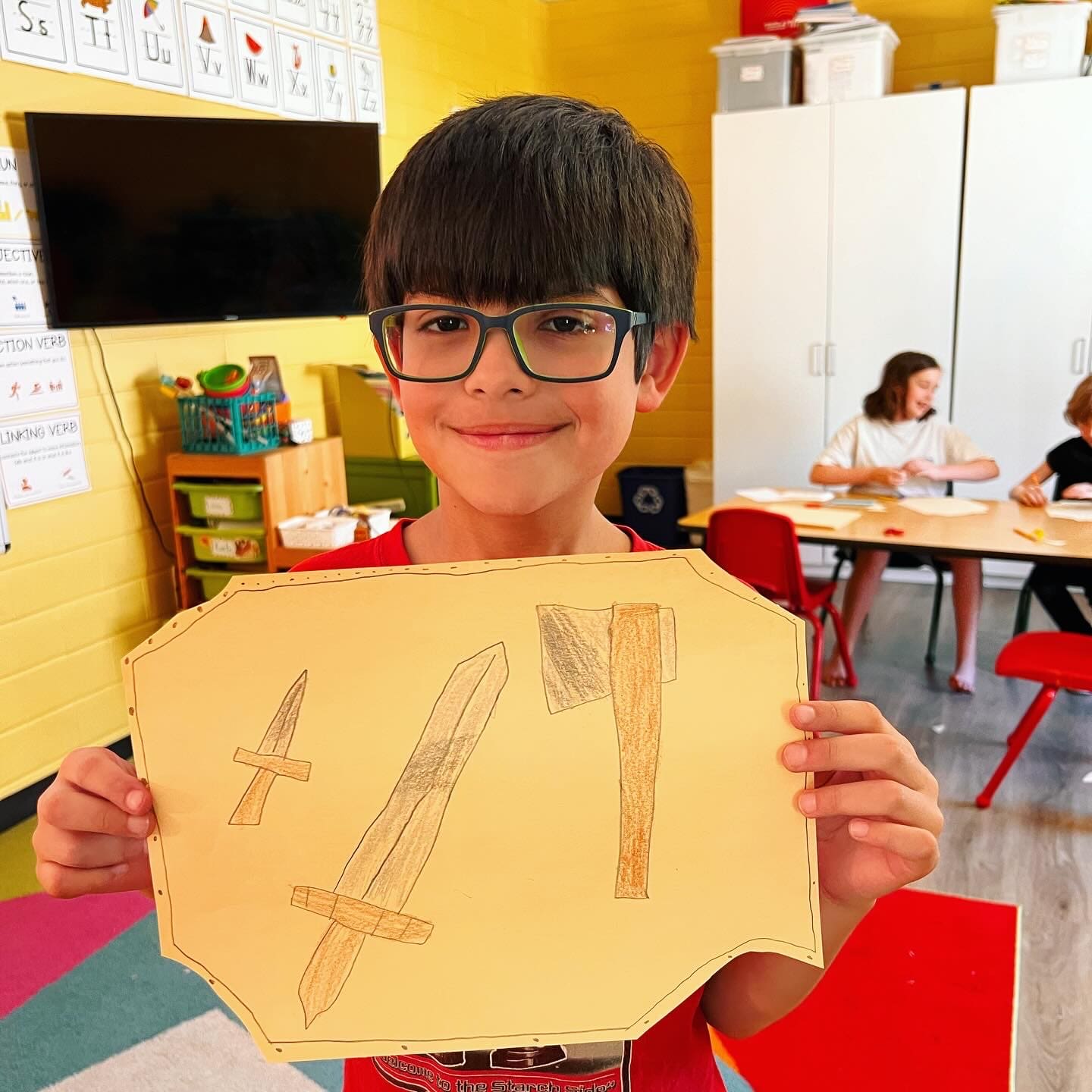
| 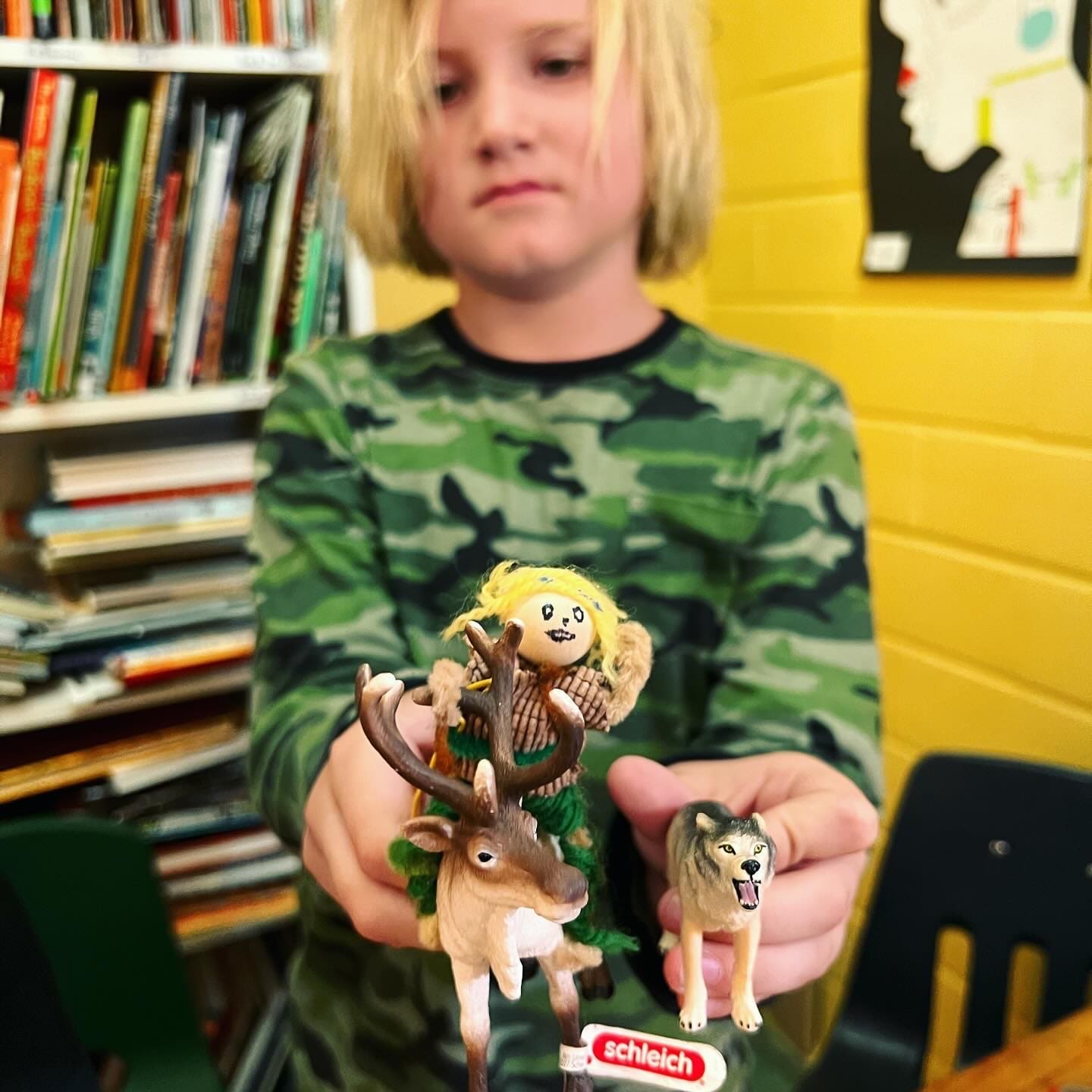
| 
|
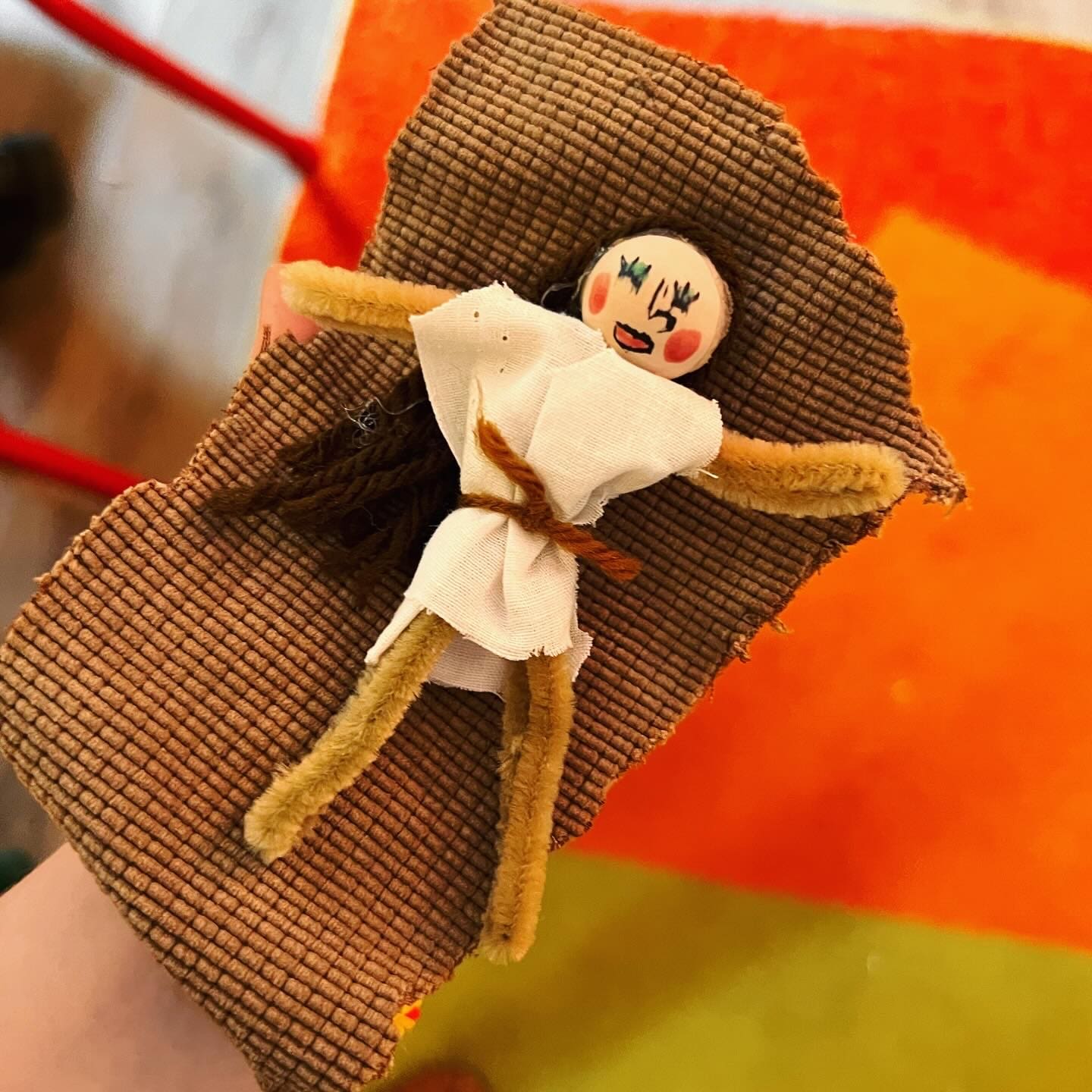
|
| 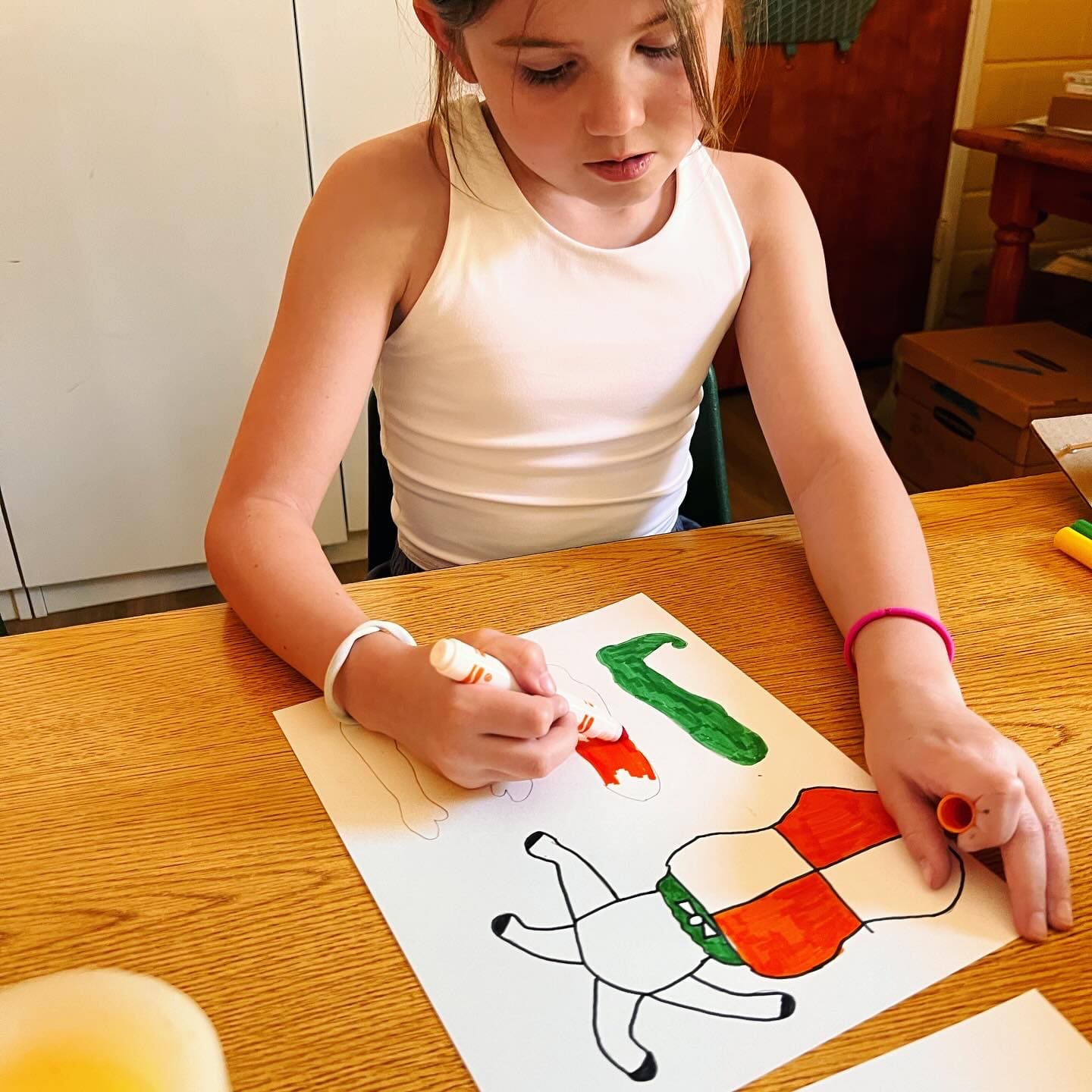
|
Every day this week during our morning meeting we learned little nuggets of information about the eclipse so we are prepared for Monday! ☀️ 🌖

|
|---|
*** Want to see more pictures and videos? Don’t forget to check us out on Instagram! ***
@ Beta_class
____________________________________________________________________________________

